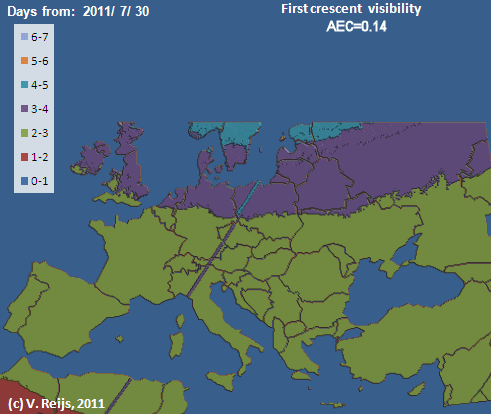NEW



I would like to thank the following people for
their help and constructive feedback: Alan Murphy, Frank
Prendergast, Voi Pio, Leon
Steijger and all other unmentioned people. Any remaining
errors in methodology or results are my responsibility
of course!!! If you want to provide constructive
feedback, let me know.